After playing with the timeit module, I don't like its interface, which is not so elegant compared to the following two method.
The following code is in Python 3.
The decorator method
This is almost the same with @Mike's method. Here I add kwargs and functools wrap to make it better.
def timeit(func):
@functools.wraps(func)
def new_func(*args, **kwargs):
start_time = time.time()
result = func(*args, **kwargs)
elapsed_time = time.time() - start_time
print('function [{}] finished in {} ms'.format(
func.__name__, int(elapsed_time * 1_000)))
return result
return new_func
@timeit
def foobar():
mike = Person()
mike.think(30)
The context manager method
from contextlib import contextmanager
@contextmanager
def timeit_context(name):
start_time = time.time()
yield
elapsed_time = time.time() - start_time
print('[{}] finished in {} ms'.format(name, int(elapsed_time * 1_000)))
For example, you can use it like:
with timeit_context('My profiling code'):
mike = Person()
mike.think()
And the code within the with block will be timed.
Conclusion
Using the first method, you can easily comment out the decorator to get the normal code. However, it can only time a function. If you have some part of code that you don't what to make it a function, then you can choose the second method.
For example, now you have
images = get_images()
big_image = ImagePacker.pack(images, width=4096)
drawer.draw(big_image)
Now you want to time the big_image = ... line. If you change it to a function, it will be:
images = get_images()
big_image = None
@timeit
def foobar():
nonlocal big_image
big_image = ImagePacker.pack(images, width=4096)
drawer.draw(big_image)
Looks not so great...What if you are in Python 2, which has no nonlocal keyword.
Instead, using the second method fits here very well:
images = get_images()
with timeit_context('foobar'):
big_image = ImagePacker.pack(images, width=4096)
drawer.draw(big_image)
